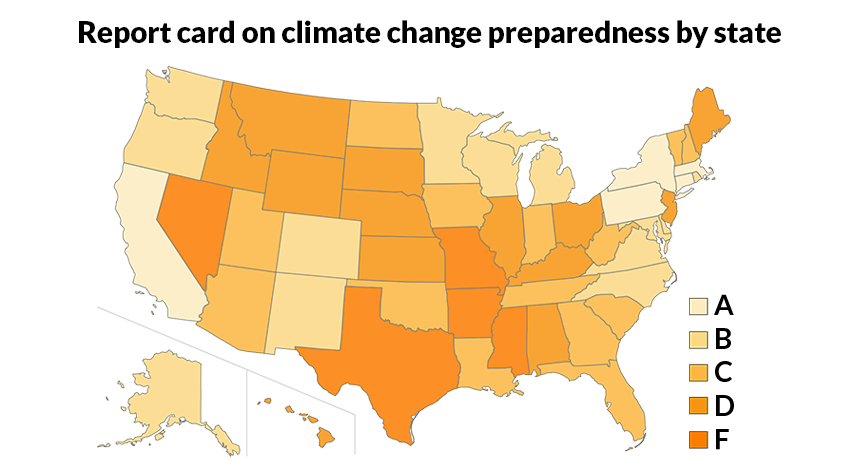
Report card shows which states are best prepared for climate change
Science News, December 2015The report cards are out and some U.S. states are better prepared for climate change threats than others. Eighteen states got an overall D or worse.

The report cards are out and some U.S. states are better prepared for climate change threats than others. Eighteen states got an overall D or worse.
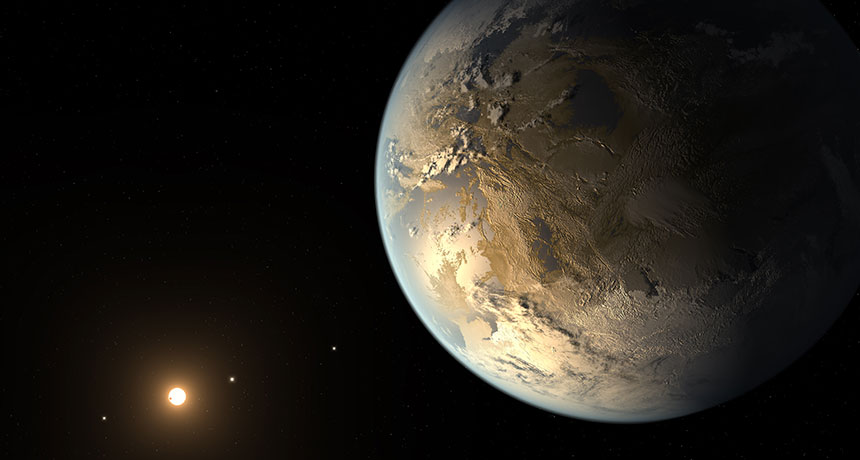
For some exoplanets, just being in the Goldilocks zone isn’t enough. Planets need to be made up of the right stuff to become a cradle of life, new research suggests.
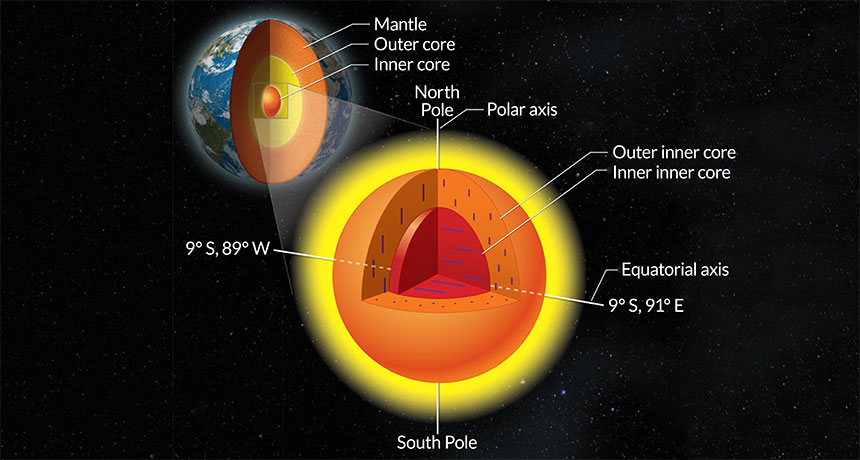
Earth’s deepest realm may be billions of years older than previously thought. New simulations of the planet’s formation suggest that the innermost part of the inner core solidified shortly after Earth’s assembly, rather than roughly 3 billion years later alongside the rest of the inner core.

Some rainbows don’t contain all the colors of the rainbow. The height of the sun above the horizon can yield arcs that contain only a fraction of the traditional ROYGBIV, researchers reported December 17 at the American Geophysical Union’s fall meeting.
Adapted for Science News for Students.

Fireworks light up the night sky, but they also fill it with visibility-reducing soot, researchers warn.
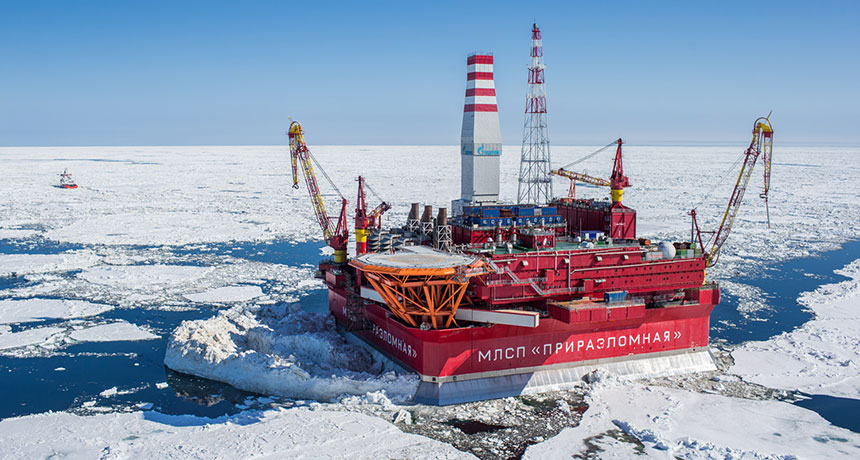
Climate change could turn the Arctic Ocean into an ice autobahn. Sea ice, much of it chunks of floating ice, is becoming younger and thinner as old ice melts. That new ice travels farther and faster than older ice, carrying dirt, organisms and pollution along for the ride, new research shows.
Adapted for Science News for Students.
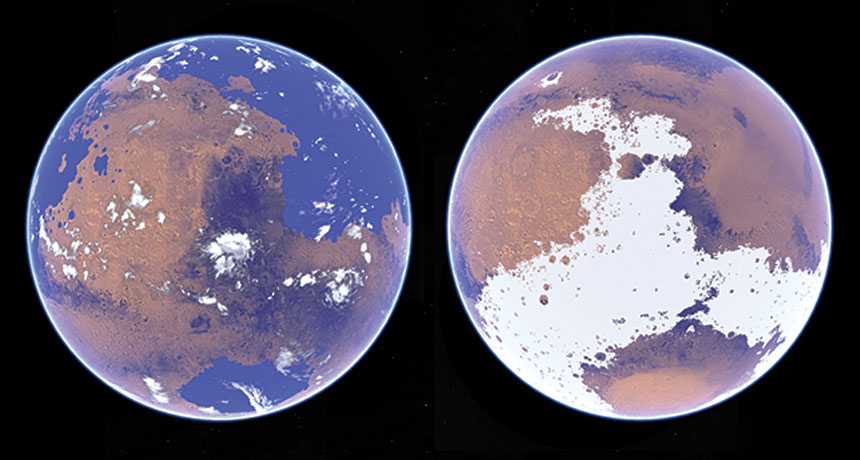
Visions of the ancient Red Planet as a warm, wet paradise are misplaced, new research suggests. Studying the Martian landscape, Harvard University planetary scientist Robin Wordsworth reasoned that the planet was generally a cold and dry place 3.8 billion to 3.5 billion years ago.

Following late-night negotiations and years of anticipation, delegates from 195 countries have agreed to curb the worst effects of climate change by limiting warming to “well below” 2 degrees Celsius. The agreement, the result of an international climate summit outside Paris and approved December 12, aims to be the world’s roadmap to kicking the fossil fuel habit, with a possibility of an even more ambitious 1.5-degree goal in the future.
Adapted for Science News for Students.
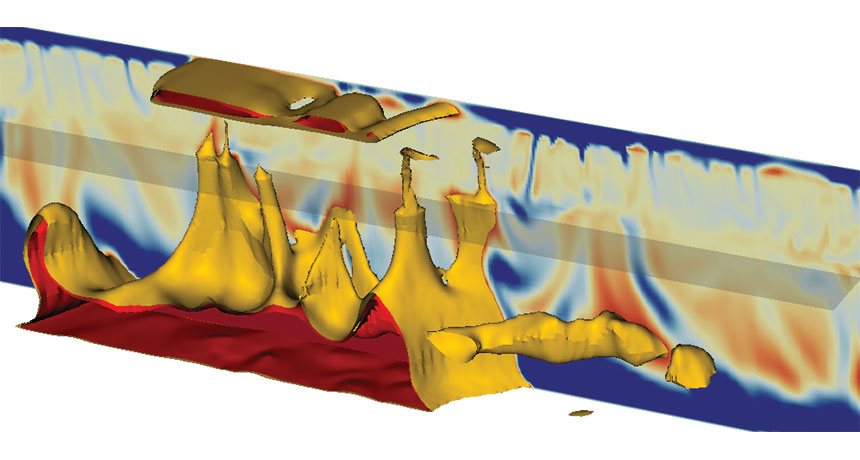
A sixth of the way to the center of the Earth, things get goopy. Using variations in the planet’s gravitational tug, geophysicists have discovered that the viscosity of Earth’s mantle rapidly increases about 1,000 kilometers below ground.
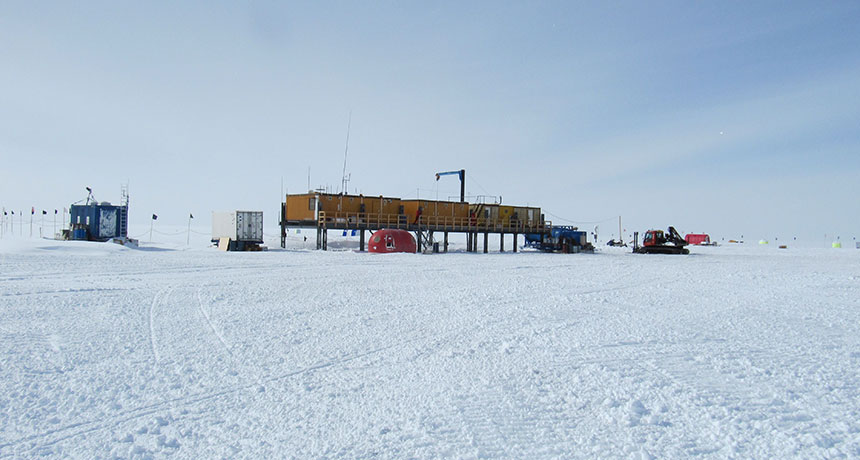
In a cold corner of the world, carbon dioxide is doing something surprising. Instead of causing warming, rising CO₂ levels over central Antarctica produce a net cooling effect, new research suggests.
Adapted for Science News for Students.